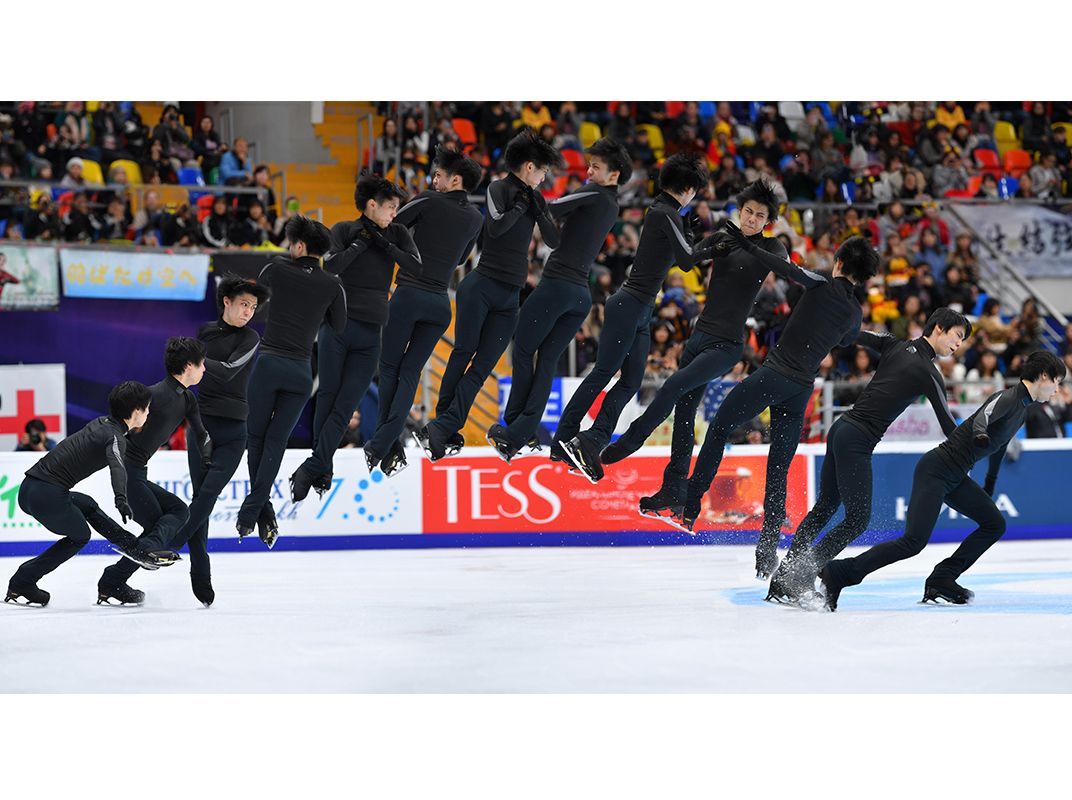- Joined
- Aug 24, 2022
Hello everyone!!
I've been reading a lot on The Edge and I'm still enjoying so much every time I read a new post!
And now I was thinking it would be nice to talk about.. figure skating as an academic discipline!! I'm gonna explain it: this argument would mean to talk about everything regarding figure skating from the technique, artistic, music, and choreo points of view as reported by some University or Institute, with academic articles, essays, and analysis about dance and music in figure skating, or figure skating between dance postures and gymnastics, and so on. What do you think?
I couldn't find scientific/academic articles about figure skating yet, do you know any of them? Even some published thesis about figure skating it would be nice to read!
Now I'm wondering if someone had talked previously about this argument, but I couldn't find out something regarding it... Let me know if this had been treated already!



I've been reading a lot on The Edge and I'm still enjoying so much every time I read a new post!
And now I was thinking it would be nice to talk about.. figure skating as an academic discipline!! I'm gonna explain it: this argument would mean to talk about everything regarding figure skating from the technique, artistic, music, and choreo points of view as reported by some University or Institute, with academic articles, essays, and analysis about dance and music in figure skating, or figure skating between dance postures and gymnastics, and so on. What do you think?
I couldn't find scientific/academic articles about figure skating yet, do you know any of them? Even some published thesis about figure skating it would be nice to read!
Now I'm wondering if someone had talked previously about this argument, but I couldn't find out something regarding it... Let me know if this had been treated already!




 Wonder what she got for the course...
Wonder what she got for the course... Same for pairs twists. The said analysis would have to include a "dummies" summary for people like me, but still.
Same for pairs twists. The said analysis would have to include a "dummies" summary for people like me, but still.

 I did see several articles on 538 earlier and will read them soon. Also looking forward to the pieces about costumes.
I did see several articles on 538 earlier and will read them soon. Also looking forward to the pieces about costumes.






